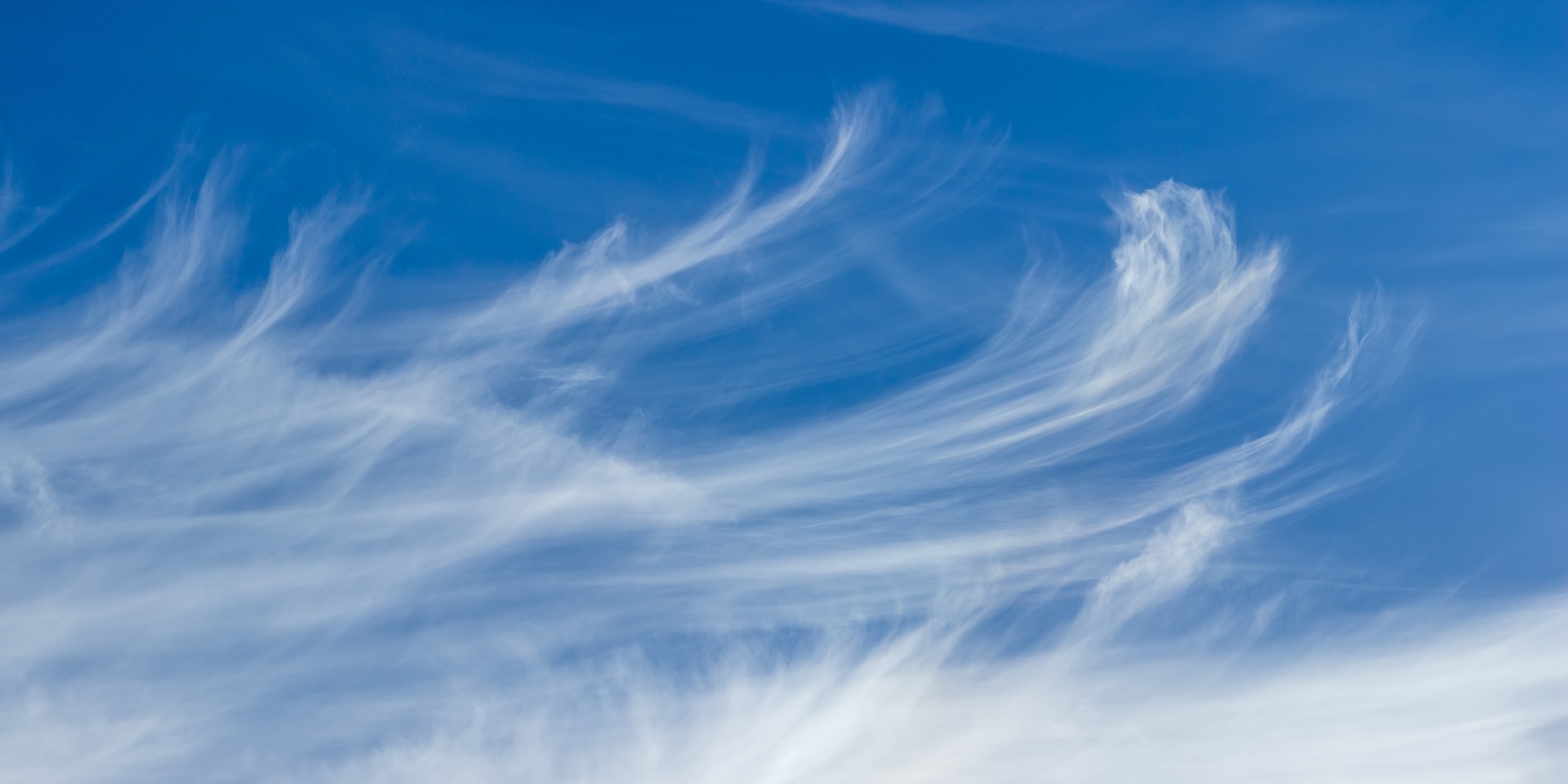Albedo
How reflective an object or substance is
Measured in percentage of electromagnetic radiation reflected
Adiabatic cooling/lapse rates
Dry: 10 (actually 9.8) C° per 1000 meters (1 km).
Wet/Saturated: 6 (actually 5.5) C⁰ per 1000 meters.
Adiabatic compression
When a gas is compressed without exchaning heat with it’s surroundings. This results in the temperature of the gas increasing (or vice versa).
Type of fog: evaporative
Cold air, in the prescense of a warmer water surface. Water evaporates into the colder air, saturated it, and becoming fog.
Type of fog: advection
Warm air from ocean is cooled to dew point
Type of fog: upslope
Moist air rises and cools, reaching the dew point.
Type of fog: radiation
Warmer air in the presense of a cold surface. Heat transfers from air to cold surface, and as this air cools, the moisture in it condenses into the
Haze vs Fog?
The former is dust, salt, or other particles in the atmosphere. The latter is essentially a cloud on the ground.
Nuclei
Small (microscopic) particles in the air. Hygroscopic nuclei attract water, hydrophic avoid it.
Cirrus clouds

Saturation water vapor pressure

Long, thin, and wispy cloud type
Dew point
Temperature at which air must be cooled for water vapor to condense.
Dynamics
When air pressure is affected by the convergence or divergence of air masses, which can be caused by heat, or
Daltons Law
States that pressure of water vapor and other debris in air + air itself is equal to total pressure.
Fronts
Boundary between air masses
Types of Fronts.
- Warm
- Cold
- Occluded
- Stationary
Types of Fronts:
Air mass types
Katabatic, catabatic, fall winds
Pressure Gradient force
Tools of measurement (anemometer, wind vane, wet bulb thermometer)
Station Model
Composition of Atmosphere
:max_bytes(150000):strip_icc()/Warm_front_symbol222-ed615367364a4d3aa504fb99b0234358.jpg)
:max_bytes(150000):strip_icc()/1280px-Cold_front_symbol2222-7972964b6a7e4ef79c51957ea7d7f15b.jpg)